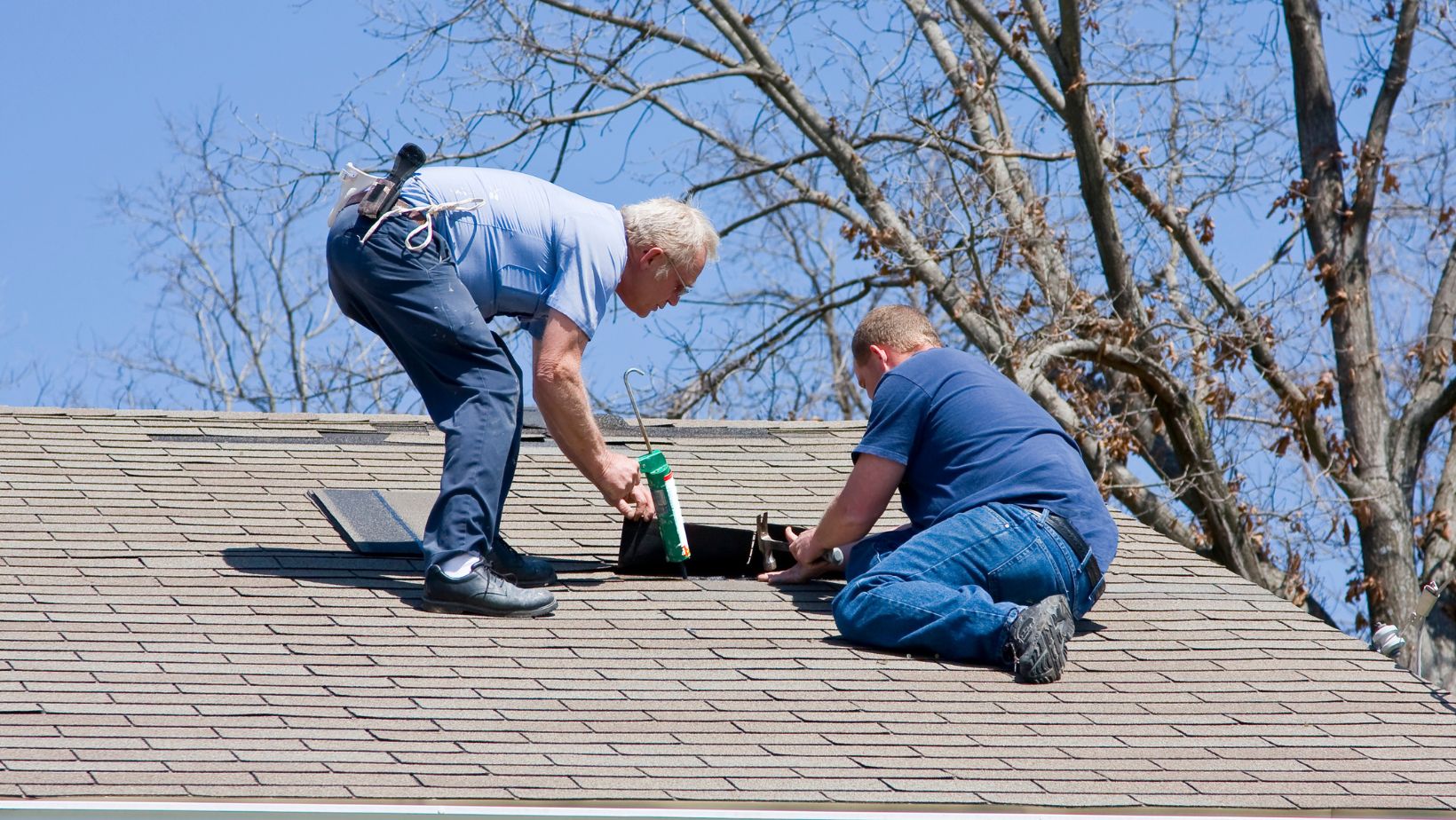Living in Broward County, Florida, means enjoying sunny days and coastal vibes, but it also comes with unique challenges for maintaining your home’s roof. The region’s intense heat, heavy rains, hurricanes, and high humidity can take a toll on roofing materials, leading to leaks, missing shingles, or structural damage. As a homeowner, knowing how to address roof repairs effectively can save you money, protect your property, and ensure your home stays safe and comfortable. This article offers essential roof repair broward county tips tailored for Broward County homeowners, helping you navigate the local climate and keep your roof in top shape.
Why Roof Maintenance Matters in Broward County
Broward County’s tropical climate presents specific challenges for roofs. From scorching summer sun to frequent storms and hurricane season (June to November), your roof faces constant wear and tear. Common issues include:
- Storm Damage: High winds and heavy rain can loosen shingles, damage flashing, or cause debris to impact your roof.
- UV Exposure: Intense sunlight can degrade roofing materials, causing them to crack or fade over time.
- Humidity and Mold: Florida’s humidity can lead to mold or algae growth on roofs, especially in shaded areas.
- Hurricane Risks: Strong storms can cause significant damage, from missing shingles to structural issues.
Proactive roof maintenance and timely repairs are critical to protecting your home’s value and avoiding costly replacements. Understanding the local environment helps you prioritize the right repair strategies.
Essential Roof Repair Tips for Broward County
Here are practical, actionable tips to keep your Broward County roof in excellent condition:
1. Inspect Your Roof Regularly
Regular inspections are key to catching small issues before they become major problems. In Broward County, aim to inspect your roof at least twice a year—before and after hurricane season. Look for:
- Missing, cracked, or curling shingles
- Damaged or rusted flashing around chimneys, vents, or skylights
- Signs of leaks, such as water stains on ceilings or walls
- Debris buildup, like leaves or branches, that can trap moisture
- Mold, algae, or moss growth
If you’re not comfortable climbing onto your roof, use binoculars or hire a professional to assess hard-to-reach areas. Early detection can prevent costly repairs.
2. Act Quickly After Storms
Broward County’s frequent storms and hurricanes can cause immediate damage. After a storm, check your roof for:
- Missing or displaced shingles
- Holes or punctures from debris
- Damaged gutters or downspouts
- Leaks in the attic or interior ceilings
Prompt repairs prevent small issues, like a loose shingle, from escalating into leaks or structural damage. Document any damage with photos for insurance claims, as many Broward County homeowners rely on insurance to cover storm-related repairs.
3. Clean Your Roof and Gutters
Debris and standing water can weaken your roof and lead to leaks. In Broward County’s humid climate, mold and algae thrive in damp conditions. To keep your roof clean:
- Remove leaves, branches, and other debris regularly.
- Clean gutters and downspouts to ensure proper drainage, especially before hurricane season.
- Use a low-pressure wash or a roof-safe cleaner to remove mold, algae, or moss. Avoid high-pressure washing, which can damage shingles.
Clean gutters prevent water from pooling on your roof, reducing the risk of leaks and water damage.
4. Address Leaks Immediately
Even a small leak can cause significant damage, from mold growth to compromised insulation. If you notice water stains, damp spots, or peeling paint inside your home, act quickly:
- Locate the source of the leak, which may be a damaged shingle, cracked flashing, or a worn seal around vents.
- Place a bucket to catch drips and cover the area with a tarp to minimize damage until repairs are made.
- Schedule professional repairs as soon as possible, as Broward County’s humidity can worsen water-related issues.

Quick action prevents costly secondary damage, like mold remediation or structural repairs.
5. Choose Durable Roofing Materials
Broward County’s climate demands roofing materials that can withstand heat, rain, and wind. When repairing or replacing damaged sections, consider:
- Asphalt Shingles: Affordable and common, but choose high-quality, wind-resistant shingles rated for hurricane-prone areas.
- Metal Roofing: Durable and resistant to wind and corrosion, ideal for Broward’s coastal environment.
- Tile Roofing: Popular in Florida for its longevity and resistance to heat and moisture, though it’s heavier and may require structural reinforcement.
- Impact-Resistant Materials: Opt for materials tested for hurricane resistance, such as those meeting Florida Building Code standards.
Selecting the right materials ensures your repairs last longer in Broward County’s harsh conditions.
6. Reinforce Vulnerable Areas
Certain parts of your roof, like flashing, vents, and skylights, are prone to damage. Reinforce these areas to prevent leaks:
- Check and reseal flashing around chimneys, vents, and skylights with high-quality sealant.
- Ensure roof vents are secure and designed to withstand high winds.
- Inspect skylights for cracks or loose seals, especially after storms.
In Broward County, where hurricanes are a reality, reinforcing these weak points can prevent costly repairs.
7. Prepare for Hurricane Season
Hurricane season is a fact of life in Broward County, and preparation is critical. Before June 1 each year:
- Trim trees near your home to reduce the risk of branches falling on your roof.
- Secure loose shingles or tiles with roofing adhesive or nails.
- Install hurricane straps or clips to strengthen your roof’s connection to the home’s frame.
- Consider impact-resistant roofing materials if repairs are needed.
These steps can minimize damage and improve your roof’s resilience during a storm.
8. Work with Licensed and Insured Professionals
For significant repairs, hire a licensed and insured roofing contractor familiar with Broward County’s climate and building codes. Check their credentials, reviews, and references to ensure quality work. A local professional understands the area’s weather challenges and can recommend solutions tailored to your home.
9. File Insurance Claims Correctly
Many Broward County homeowners rely on insurance to cover roof repairs, especially after storms. To ensure a smooth claims process:
- Document damage with photos and detailed notes.
- Contact your insurance company promptly to report the claim.
- Keep records of all communication with your insurer.
- Have a professional assess the damage to provide a detailed repair estimate.
A well-documented claim increases your chances of receiving fair coverage for repairs.
Common Roof Repair Challenges in Broward County
Roofers broward county can face unique challenges due to the local climate:
- Hurricane Damage: High winds can rip off shingles or damage flashing, requiring immediate repairs to prevent leaks.
- Mold and Algae Growth: Humidity encourages mold, which can weaken roofing materials. Regular cleaning and proper ventilation help mitigate this.
- Heat-Related Wear: Prolonged sun exposure can cause shingles to crack or fade, necessitating durable replacements.
- Insurance Disputes: Insurers may undervalue storm damage or deny claims. Thorough documentation and professional assessments can counter these issues.
Rebuilding and Maintaining Your Roof
After completing repairs, focus on long-term maintenance to protect your investment:
- Schedule Regular Inspections: Check your roof every six months and after major storms to catch issues early.
- Maintain Gutters: Clean gutters regularly to prevent water buildup and damage.
- Improve Ventilation: Ensure your attic is well-ventilated to reduce heat and moisture buildup, which can extend your roof’s lifespan.
- Monitor for Mold: Use mold-resistant coatings or treatments to prevent growth in Broward’s humid climate.
Why Act Now?
Delaying roof repairs in Broward County can lead to costly consequences, especially with the region’s frequent storms and humidity. A small leak can quickly escalate into mold growth, structural damage, or the need for a full roof replacement. Acting promptly saves money and protects your home’s value.
Final Thoughts
Maintaining a strong, reliable roof is essential for Broward County homeowners facing the region’s challenging climate. By inspecting your roof regularly, acting quickly after storms, choosing durable materials, and preparing for hurricane season, you can keep your home safe and avoid costly repairs. Working with licensed professionals and filing insurance claims correctly further ensures your roof remains in top condition. If you’ve noticed signs of damage or want to prepare for the next storm, don’t wait—take action today to protect your Broward County home with these essential roof repair tips.

